Printed or Embroidered Lanyards - What's the Difference?
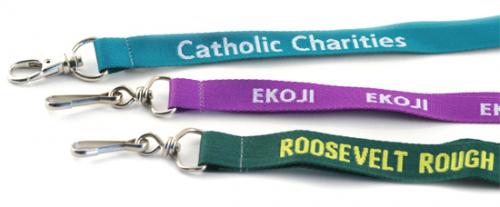
A lanyard is a fantastic type of personal branding. Whether you use your lanyard as a form of identification or exclusively as a marketing choice, you are going to extract a major return on your investment.
But lanyards come in all shapes and sizes. One of the significant decisions you will have to make is whether you want to invest in a printed lanyard or an embroidered lanyard. The differences are substantial, so read on to find out more about both types.
Printed Lanyards
A printed lanyard involves taking some kind of graphic submitted by you and printing it onto the lanyard itself. It works through using a sublimation process. Essentially, the design is fused into the material. There are no colour limitations involved, so you can choose from over a million shades.
Printed lanyards will not run, and they are easy to clean if this is required. Since modern printers are so advanced, it is easy to print small text.
This is the best option for those who want lanyards in the fastest possible time or for those that want photographic realism.
Embroidered Lanyards
Embroidered lanyards work slightly differently. Using a base of twill, the design is sewn into the fabric with thread. You will find this gives the embroidered lanyard a slight ‘raised’ effect. The texture will feel different when you run your finger across it.
Extremely small text and minute details are harder to insert with embroidered lanyards, so elaborate designs may not be ideal for this option.
The Difference in Cost
Embroidered lanyards will always cost more than printed lanyards because of the workmanship involved. The machinery used to produce them is more advanced and the materials more costly. A printed lanyard can be done through using a modern colour printer and little else.
Generally, the difference in cost is not significant. If you order in bulk, you can drive the cost of embroidered lanyards down.
Ordering small numbers will make embroidered lanyards significantly more expensive than their printed counterparts.
The Quality Issue
It is no secret that embroidered lanyards do come with a more ‘prestige’ look. This is simply because of the texture and the ‘raising’ effect. In a business environment, customers and other companies may well prefer an embroidered lanyard because it shows you invested more in your marketing tools.
Will it be a deal breaker? Probably not, but it does not hurt to have this little advantage on your side.
Design and Details
If you want a simple design, you can use either option without any problems. On the other hand, if you want fading effects and other uncommon shades you may well be out of luck. Embroidered lanyards do not support this.
Printed lanyards, on the other hand, can print out anything you can see. As long as you can look at the design on a computer screen, you can place it on a lanyard.
This gives you far more versatility and the chance to really experiment with your designs.
Time Taken
Turnaround time is important. If you are moments away from a networking event and you have left lanyards to the last minute, a printed option is by far the superior choice. It can take less than 24 hours for you to receive an order of printed lanyards. On the other hand, embroidered ones could well take an extra day or two to produce.
It may not sound like much, but if you are rushing to get everything ready, then this can prove crucial.
So What’s the Best Option?
The best option depends on your situation. If you want to create something that resembles a graphical firework, the printed option is best for you. Alternatively, if adding an extra dimension through texture sounds attractive, embroidered is the superior option.
The cost difference is negligible, so you should not let that be the decision maker. The printed option does have a time advantage, so if you need a fast turnaround, the choice is clear.
Test out both options to see what goes down best with staff members and customers. Every company will have different preferences.
Get in touch with Ribbonworks today to find out how we can provide you with high-quality Printed lanyards and other Personalised, Custom Lanyards products to boost your advertising campaign.
But lanyards come in all shapes and sizes. One of the significant decisions you will have to make is whether you want to invest in a printed lanyard or an embroidered lanyard. The differences are substantial, so read on to find out more about both types.
Printed Lanyards
A printed lanyard involves taking some kind of graphic submitted by you and printing it onto the lanyard itself. It works through using a sublimation process. Essentially, the design is fused into the material. There are no colour limitations involved, so you can choose from over a million shades.
Printed lanyards will not run, and they are easy to clean if this is required. Since modern printers are so advanced, it is easy to print small text.
This is the best option for those who want lanyards in the fastest possible time or for those that want photographic realism.
Embroidered Lanyards
Embroidered lanyards work slightly differently. Using a base of twill, the design is sewn into the fabric with thread. You will find this gives the embroidered lanyard a slight ‘raised’ effect. The texture will feel different when you run your finger across it.
Extremely small text and minute details are harder to insert with embroidered lanyards, so elaborate designs may not be ideal for this option.
The Difference in Cost
Embroidered lanyards will always cost more than printed lanyards because of the workmanship involved. The machinery used to produce them is more advanced and the materials more costly. A printed lanyard can be done through using a modern colour printer and little else.
Generally, the difference in cost is not significant. If you order in bulk, you can drive the cost of embroidered lanyards down.
Ordering small numbers will make embroidered lanyards significantly more expensive than their printed counterparts.
The Quality Issue
It is no secret that embroidered lanyards do come with a more ‘prestige’ look. This is simply because of the texture and the ‘raising’ effect. In a business environment, customers and other companies may well prefer an embroidered lanyard because it shows you invested more in your marketing tools.
Will it be a deal breaker? Probably not, but it does not hurt to have this little advantage on your side.
Design and Details
If you want a simple design, you can use either option without any problems. On the other hand, if you want fading effects and other uncommon shades you may well be out of luck. Embroidered lanyards do not support this.
Printed lanyards, on the other hand, can print out anything you can see. As long as you can look at the design on a computer screen, you can place it on a lanyard.
This gives you far more versatility and the chance to really experiment with your designs.
Time Taken
Turnaround time is important. If you are moments away from a networking event and you have left lanyards to the last minute, a printed option is by far the superior choice. It can take less than 24 hours for you to receive an order of printed lanyards. On the other hand, embroidered ones could well take an extra day or two to produce.
It may not sound like much, but if you are rushing to get everything ready, then this can prove crucial.
So What’s the Best Option?
The best option depends on your situation. If you want to create something that resembles a graphical firework, the printed option is best for you. Alternatively, if adding an extra dimension through texture sounds attractive, embroidered is the superior option.
The cost difference is negligible, so you should not let that be the decision maker. The printed option does have a time advantage, so if you need a fast turnaround, the choice is clear.
Test out both options to see what goes down best with staff members and customers. Every company will have different preferences.
Get in touch with Ribbonworks today to find out how we can provide you with high-quality Printed lanyards and other Personalised, Custom Lanyards products to boost your advertising campaign.
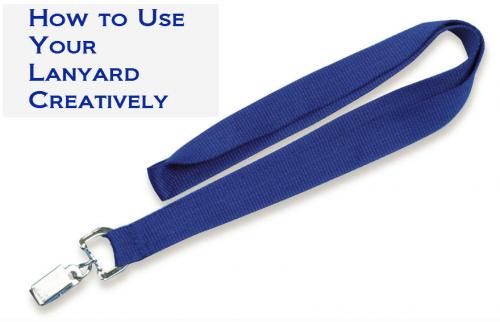
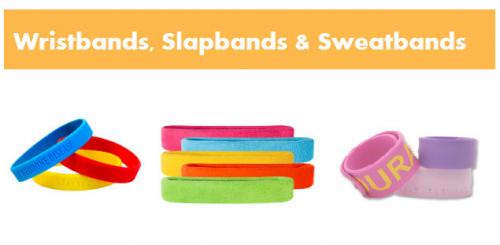



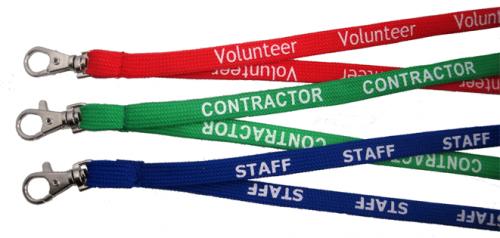
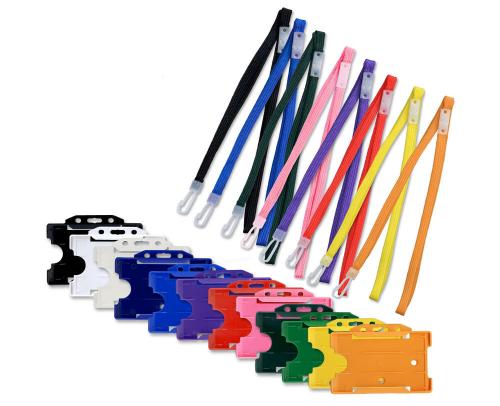
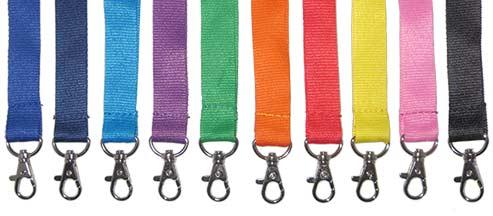
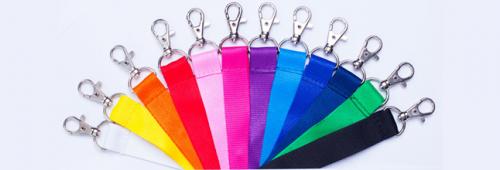
Comments